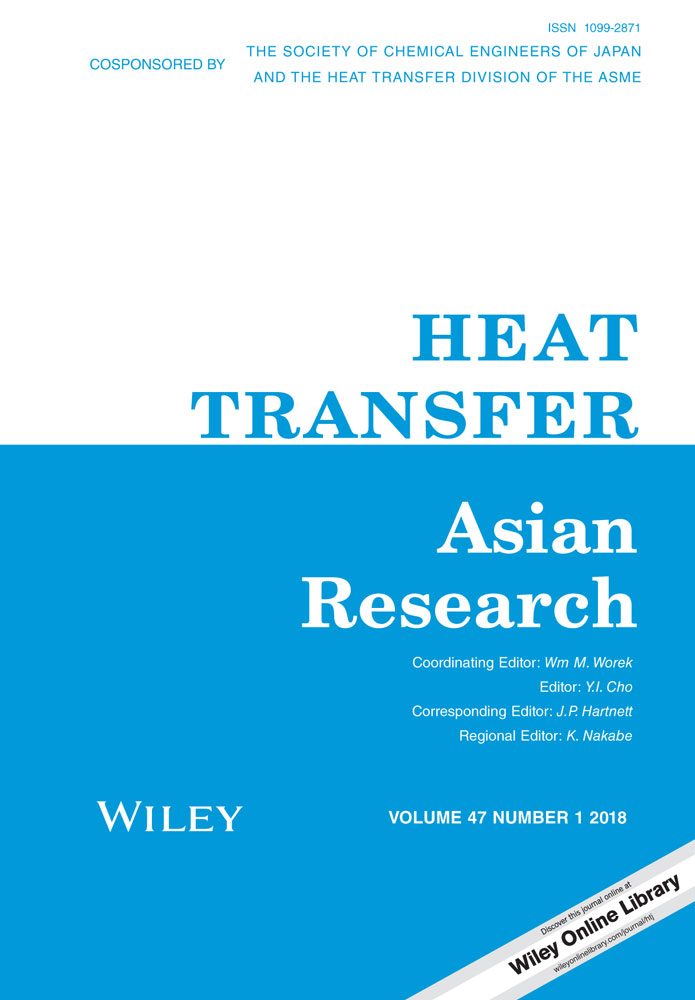Heat transfer modeling and simulations for electronic cooling systems embedded with phase changing materials
Abstract
Electronic systems used in communication devices and mission critical systems such as directed-energy weapons and spacecraft call for requirements to dissipate high heat flux in limited spaces. This study attempts to model the heat transfer in an electronic module, dissipating heat to a coolant in a microchannel as well as to ambient by natural convection and radiation. These results have been used to compare the effectiveness of a new cooling system, embedded with phase changing materials within the heat spreaders. The heat transfer model takes care of the heat stored in the phase changing material, heat transferred by natural convection and radiation effects, in addition to the convection heat transfer in the microchannel cooling passage. Hence, the developed model can successfully take into account the effect of the variation in operating atmospheric conditions which are significant in systems employed in harsh thermal environments. Simulations have been performed for a wide range of heats and appropriate coolant flow rates are being set for a prescribed safe operating temperature of the processor. Simulations for cooling systems with phase changing materials embedded within the available heat spreader shows that it can provide stable operation of electronic systems during peak heat loads as well as in extreme ambient conditions.




